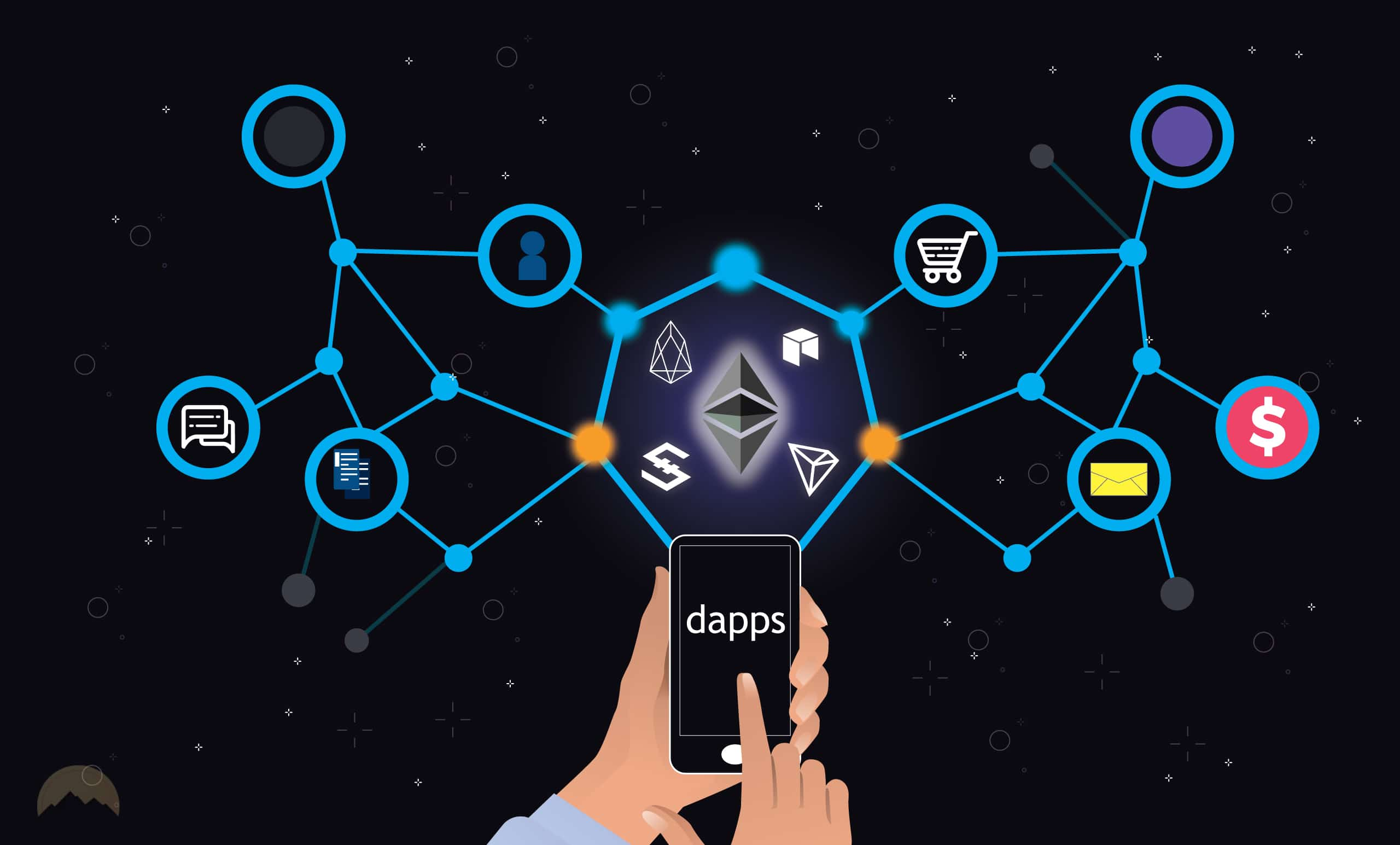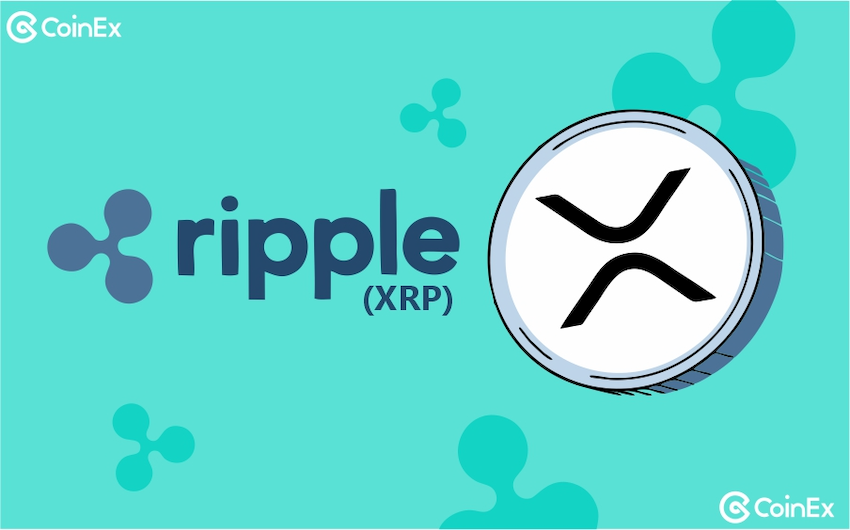What is a DApp?
DApp stands for Decentralized Application, a new type of blockchain application that is changing the way businesses operate.
Being decentralized, DApps are entirely distributed, meaning they are not controlled by any single entity. A DApp uses blockchain technology and runs on a peer-to-peer network, which is the opposite of a single computer network. In a peer-to-peer network, information is continuously distributed among participants rather than being stored on a central server. Peer-to-peer networks are generally slower and less efficient than centralized servers, but they become more robust as more participants join.
The History of Applications is a Long Process
In 1983, Steve Jobs talked about what is now known as the app store. At the time, users were required to purchase applications before they could actually try them. In this direction, Steve Jobs explained how an app store could break the current norm by using a record store analogy. People knew which records they wanted to buy because they received free samples on the radio.
In Jobs’ vision, the software industry needed a similar approach where users could test applications first and then download the full version. A quarter-century later, in 2008, the Apple App Store was launched.
Known as a significant “user interface moment,” the launch of the App Store allowed developers to easily create and upload their applications, generating revenue and reaching millions of people. At the same time, everyday users could access countless new programs simply by downloading and/or purchasing them from the app store.
How Many Types of DApps Are There?
Currently, there are three different types of DApps on the market:
- Type 1: DApps with their own blockchain.
- Type 2: DApps that use Type 1 DApps to operate; these DApps are protocols and must have tokens to function.
- Type 3: DApps that use the protocols of Type 2 DApps but also issue and require tokens.
Ethereum is currently the most popular DApp platform and an excellent example of a Type 1 DApp. Other popular platforms include NEO, EOS, and Bitcoin. Many Bitcoin DApps are migrating to platforms like Ethereum for faster speeds and greater flexibility for various use cases.
DApps built on the Ethereum protocol are examples of Type 2 DApps. For instance, the 0x protocol is built on the Ethereum blockchain to empower decentralized exchanges.
Type 3 DApps are built on existing Type 2 protocols. An example of a Type 3 DApp is the decentralized exchange DDEX, which operates on the 0x protocol.
One question that might arise is whether the development of new DApps could affect the price of Bitcoin or Ethereum. There is no clear answer to this question. When these DApps thrive, the demand for that cryptocurrency will increase, which is a positive sign for the coin’s price. On the other hand, as these DApps develop, they can slow down the network, increasing transaction times, which could hurt the coin’s price.
For Bitcoin, being the world’s leading peer-to-peer currency with limited DApps compared to Ethereum, the number of DApps is insufficient to impact its transaction volume, so DApps on the Bitcoin network may not adversely affect Bitcoin’s price.
For Ethereum, although it experienced a significant value surge in 2017 due to the potential of smart contracts (a type of DApp), the increasing demand on the network in the future could positively affect Ethereum’s price. However, this depends on whether Ethereum can scale its network to meet the future demands of DApps.
Applications of DApps
The potential applications for these blockchain DApps are endless. They can address many real-world problems across various fields such as identity verification, supply chain management, food delivery, music services, and a host of other functions that will become clearer as blockchain technology develops further. All these industries can benefit from DApps by enhancing application security, integrating with cryptocurrencies, and avoiding external interference.
Ethereum DApps
Accessing DApps requires a special Ethereum browser. A popular example of a DApp is Augur, a decentralized prediction market that interacts directly with the Ethereum network without going through intermediary servers.
Two other examples are the Mist wallet and MetaMask. As a DApp, the Mist wallet is one of the oldest applications on the Ethereum network. It allows users to interact with their wallets and decentralized applications on the network. However, Mist requires users to download the Ethereum blockchain. On the other hand, MetaMask provides a simple extension that can turn your web browser into an Ethereum browser.
However, the path towards decentralization will be long, and Ethereum is still in its infancy. Although hundreds of projects are using its blockchain for crowdfunding, few fully decentralized applications have been launched, and even fewer are truly outstanding. Most Ethereum projects still use centralized components to deliver their products.
For example, one of the first gambling DApps on Ethereum could be used simply by sending transactions to the corresponding smart contract address, which would then handle the entire process. Although smart contracts were a key component of the project, it still relied on a centralized website to display the address and provide the user interface.
Other projects are using the Ethereum blockchain as one of many components in their projects rather than for implementing specific DApps. These components can include transactions and incentive layers for issuing shares and other value-backed tokens. In most cases, Ethereum is not much different from an ICO platform.
Are DApps Being Misused?
Many decentralized applications have capitalized on the “DApp hype,” using the term “decentralized” rather loosely. It is now clear that the path to fully decentralized applications will take many years. Until then, the market may become saturated with all the specific application tokens and coins being released daily.
With most developers taking advantage of new tokens for purchases, advertising, and in-app rewards, the lack of interoperability between DApps is an inevitable outcome.
Not only do monopolies built by companies like Google and Apple economically harm developers and users, but they also bring additional issues such as a lack of transparency in app store approvals and a lack of privacy for users whose data is collected and sold, often without their knowledge.
To address this problem and the inherent issues in the traditional app industry, one of the most popular app stores in the world has introduced a new protocol for applications and app stores that could be the foundation for complete decentralization.
The system proposed by the store aims to remove power from intermediaries like Google and Apple, who reap most of the benefits from developers’ work.
The Path Towards Decentralization
This system allows apps and app stores to become more efficient for both developers and users. App developers also benefit from an immutable reputation system that extends across all app stores using the protocol.
Although apps and app stores will never be fully decentralized, this path could lay the essential foundation for a decentralized app economy. Once the first step is taken, technical advances can proceed to ensure that these applications are 100% resistant to attacks and censorship.”





